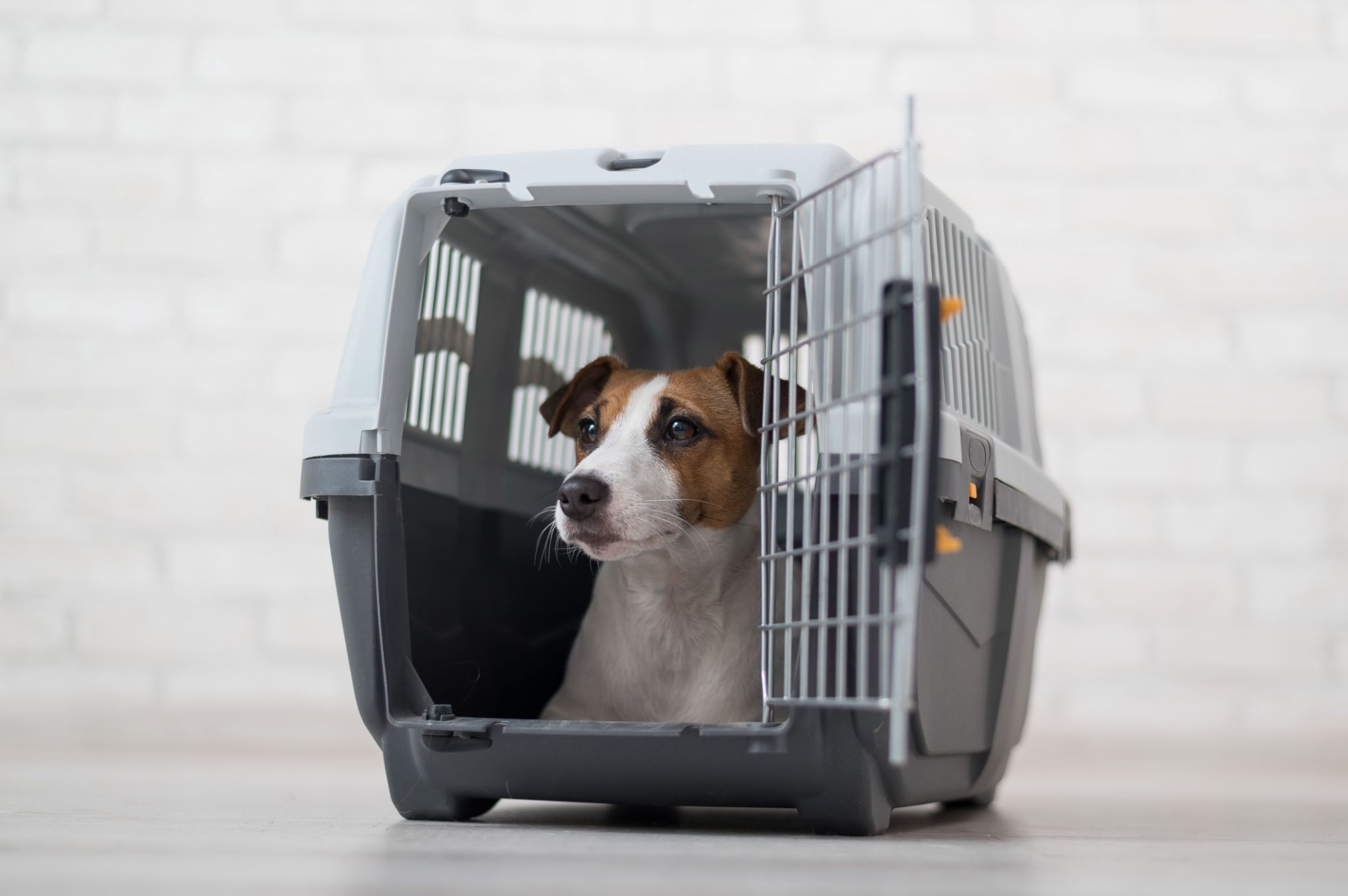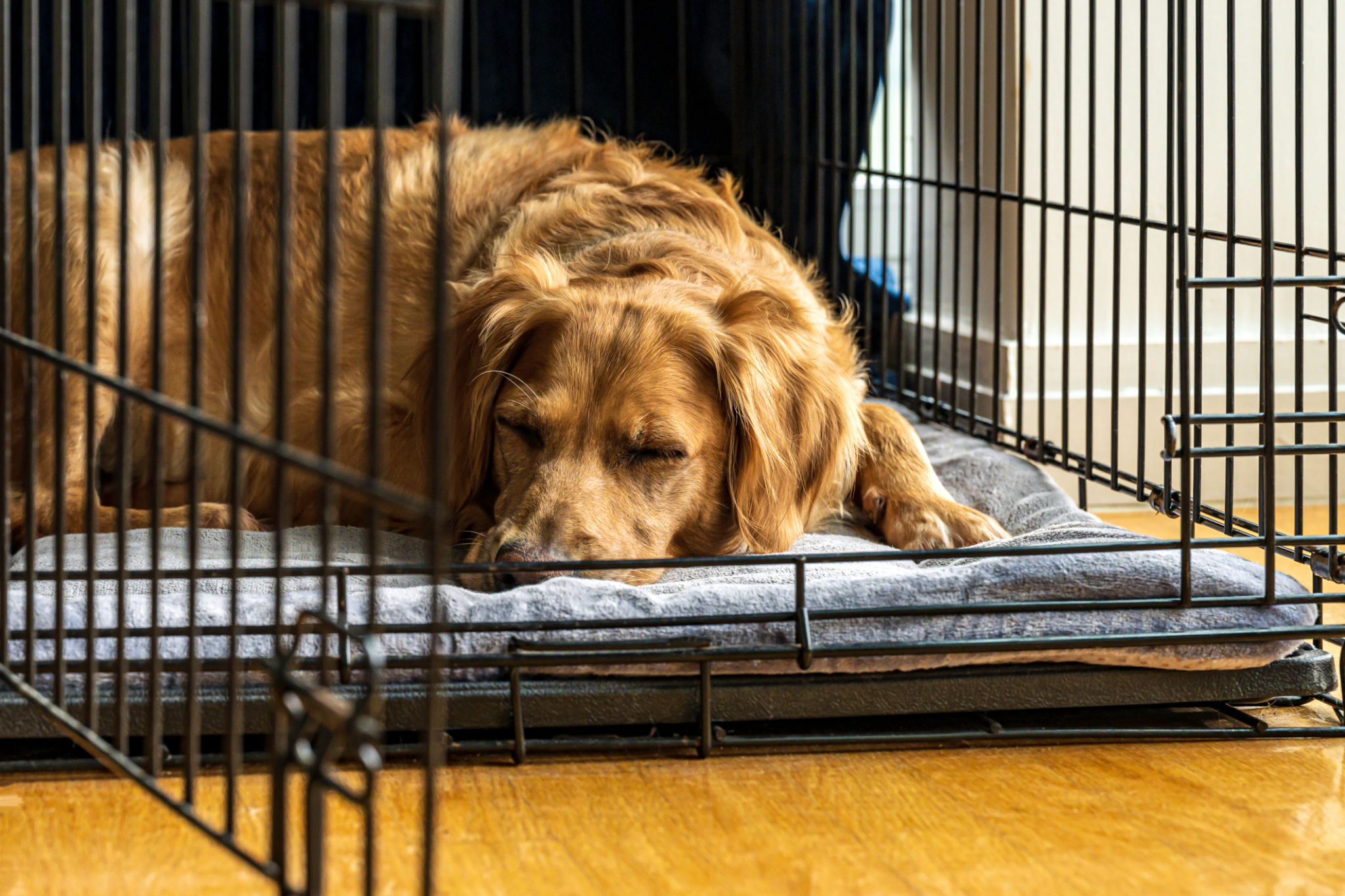How to Choose the Right Size Crate for Your Pet: A Complete Guide
Understanding Your Pet's Needs
Choosing the right size crate for your pet is crucial for their comfort and safety. A crate serves as a secure space for your pet, providing them with a sense of security and a place to rest. The correct size will ensure that your pet feels comfortable and not cramped or overwhelmed.
Start by evaluating your pet's size, breed, and age. These factors will influence the type and size of crate that will best suit your pet. Keep in mind that a crate should be large enough for your pet to stand, turn around, and lie down comfortably.

Measuring Your Pet
To determine the right size crate, you need to measure your pet accurately. Use a measuring tape to get the following dimensions:
- Length: Measure from the tip of the nose to the base of the tail. Add a few inches to allow your pet some room to move.
- Height: Measure from the floor to the top of the head or ears, whichever is higher. Again, add a few inches for comfort.
- Width: While not always necessary, consider the overall girth of your pet, especially if they are stocky or broad.
Choosing the Right Type of Crate
Once you have the measurements, consider the different types of crates available:
- Wire Crates: These are versatile and provide excellent ventilation. They are suitable for most breeds and are easy to clean.
- Plastic Crates: Often used for travel, these provide more privacy and can be more secure for nervous pets.
- Soft-Sided Crates: Ideal for smaller pets and those who travel frequently. They are lightweight but may not be suitable for pets who like to chew.

Considering Your Pet's Growth
If you have a puppy or a young pet, consider their growth potential when selecting a crate. You might opt for a larger crate with a divider panel that can be adjusted as your pet grows. This ensures that you won't need to purchase multiple crates as your pet matures.
For adult pets, focus on their current size and ensure that they have enough space without it being too roomy, as this might lead to separation anxiety or encourage them to use one end as a bathroom area.
Location and Environment
The location of the crate within your home is also important. Choose an area that is quiet and free from drafts, but not completely isolated from family activity. This helps in integrating the crate as part of your pet’s routine environment.

Final Tips for Crate Training
Crate training should be approached with patience and positivity. Never use the crate as a form of punishment; it should be a positive space for rest and relaxation. Use treats and toys to encourage your pet to enter the crate willingly.
If you follow these guidelines, choosing the right size crate for your pet will be a straightforward process. Ensuring your pet's comfort and safety will lead to a happier home environment for both you and your furry friend.